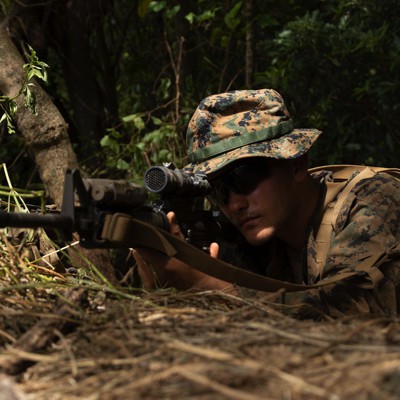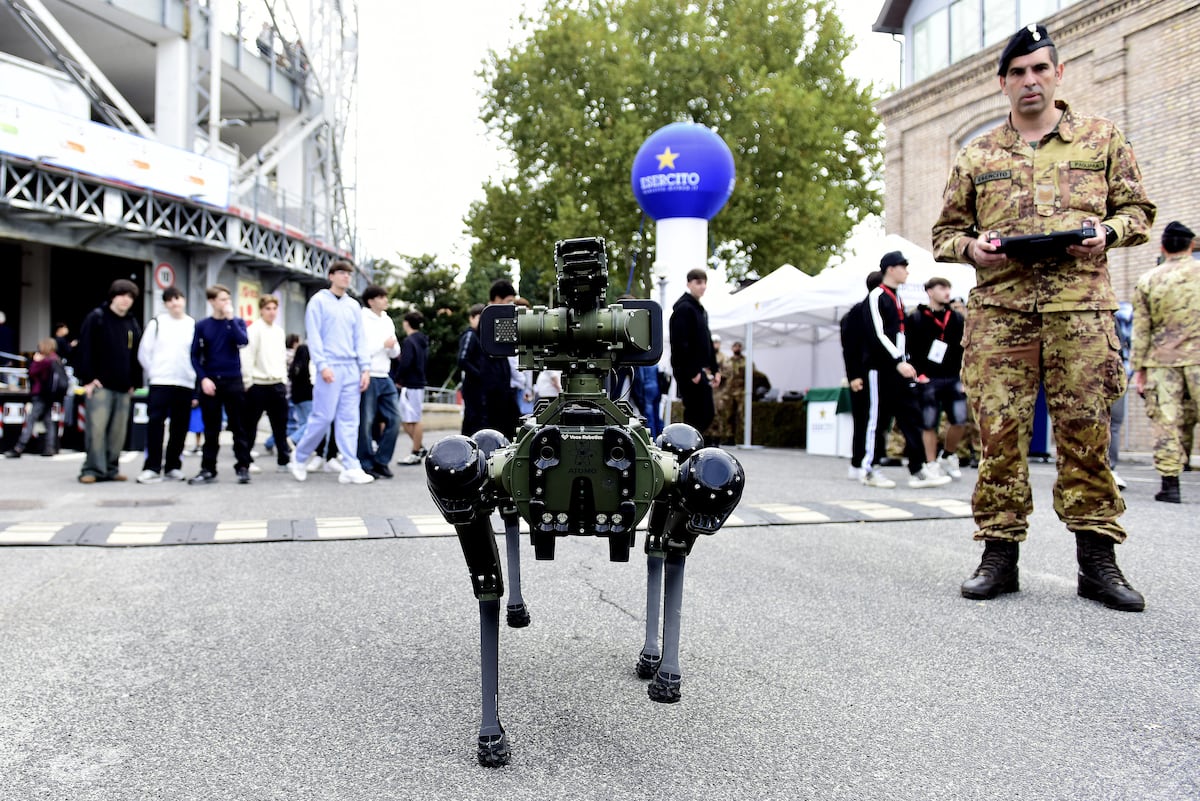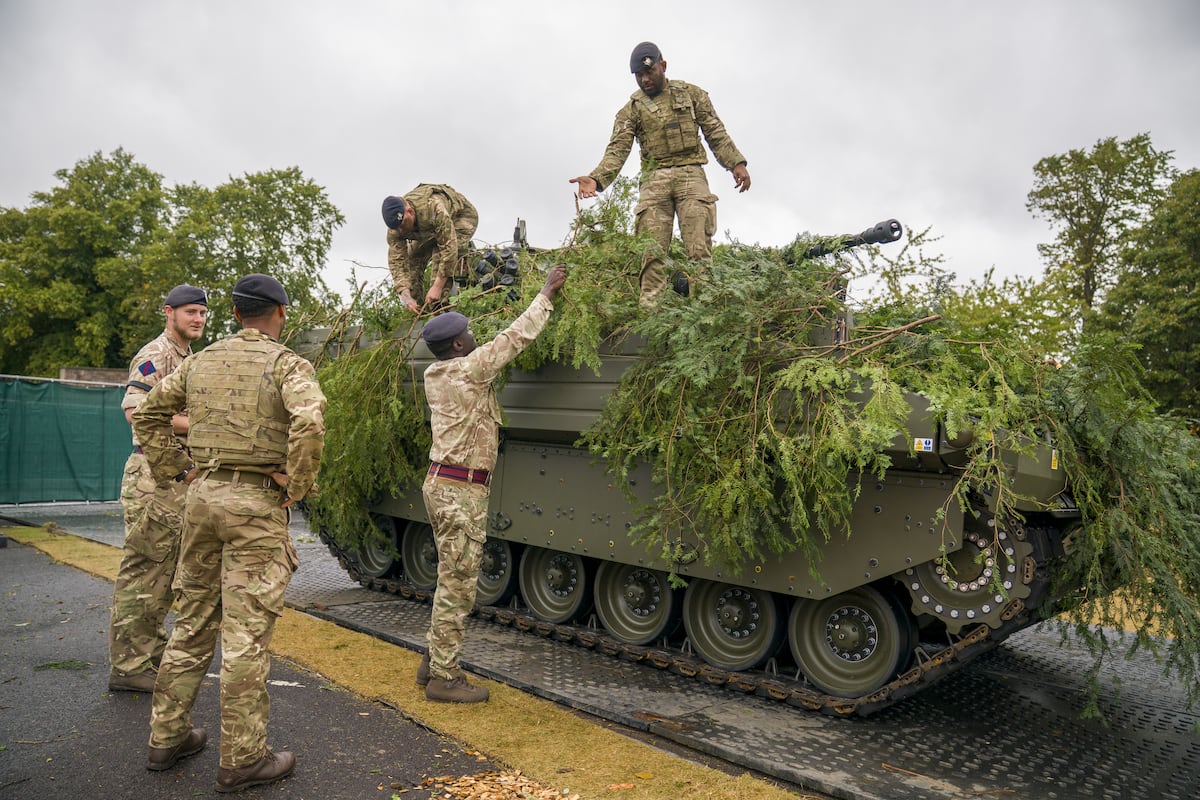The Marine Corps is tweaking its Force Design 2030 plan as it enters the second half of its post-Global War on Terror transformation this month, releasing an update for 2025 after skipping 2024.
That includes putting on hold plans to stand up a third Marine Littoral Regiment, the service’s new shallow-water unit concept, which had been planned for Guam, a spokesman told Defense One on Tuesday.
“We’ve decided, given what we have right now in the Pacific, we’re going to keep 4th Marine Regiment a traditional Marine regiment, and not transition it to an MLR,” said Lt. Col. Eric Flanagan, holding the count at 3rd MLR in Hawaii and 12th MLR in Japan.
With the MLR project now effectively complete, the Corps is eagerly anticipating getting its beleaguered medium landing ship program off the ground. An initial request for proposals was canceled late last year.
“It’s no secret that’s been delayed, but there’s going to be positive steps here in the next couple months, as far as getting what the first ship made, and then moving forward and making this in scale, so we can get it out to Marines in Japan,” Flanagan said.
Among its achievements, the Corps has been working on integrating new fires capabilities, like digital launch control on the High-Mobility Artillery Rocket System and the Navy Marine Expeditionary Ship Interdiction System.
“We see ourselves as the eyes and ears of the joint force forward. So we’ve got sensors, we’ve got some of those fires, and then enabling all the joint-force fires as well around that, that command and control, to be able to reach out and shoot anything that we need to at any time,” Flanagan said.
The Corps is evolving how it sees itself in more than one way, according to the Force Design update, and will codify that with a new “capstone concept.”
“This will connect our operational ideas and state clearly what the Marine Corps provides to Naval and Joint Force: a globally responsive, lethal, and resilient combined-arms naval expeditionary force that projects power from sea to land and land to sea, fighting as a Marine Air Ground Task Force across all domains in contested environments to deter, deny, and defeat adversaries,” the update says.
In short, Flanagan said, it will distill the service’s move back to its sea-service roots following two decades of desert fighting in Iraq and Afghanistan.
“That paragraph is kind of a teaser to what the capstone concept is going to entail,” he said. “And really, it’s things that you wouldn’t have necessarily seen the Marine Corps describing itself in years past, as far as the all-domain environment, sea denial, sea control — you know, really supporting the Navy and the joint force.”
The concept is in staffing and on track to be released in a matter of months, he added.
Read the full article here








Leave a Reply